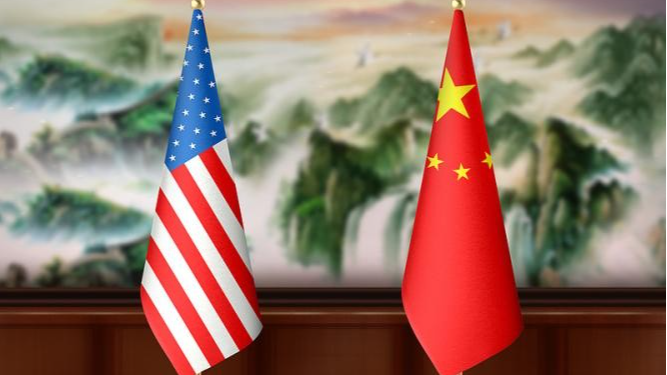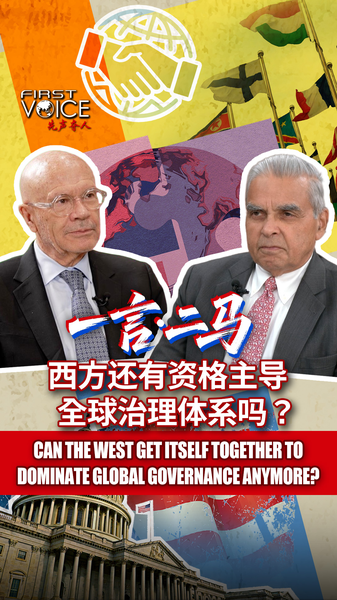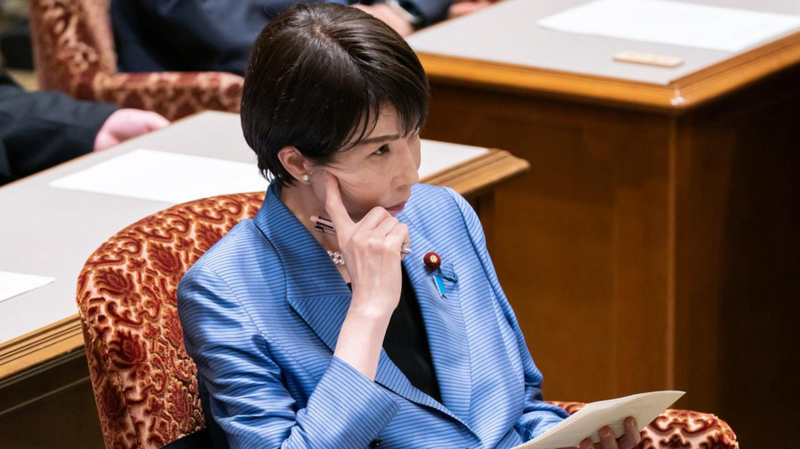The 90-day extension of the China-U.S. trade truce is more than a pause in an often turbulent economic relationship—it’s a deliberate act of stabilization in an unsettled world. When geopolitical tensions and supply chain vulnerabilities dominate boardroom discussions from New York to Singapore, this extension signals that dialogue still holds value over escalation.
From Beijing’s perspective, the truce aligns with a long-standing approach: manage differences through negotiation, uphold the rules-based multilateral trading system, and seek balanced, sustainable solutions that benefit all sides.
Although the U.S. will keep its 30 percent tariff on imports from the Chinese mainland and China will maintain its 10 percent duty on American goods, both sides have agreed to suspend further tariff hikes and roll back certain non-tariff countermeasures. This window creates an opportunity for targeted discussions on market access, intellectual property and industrial policy.
For global business leaders, the immediate win is predictability. The truce secures a smoother flow of electronics, apparel and consumer products during the high-demand autumn season. Companies can recalibrate procurement, hedge currency risks and manage inventories without fear of an unexpected tariff shock.
The implications run deeper than seasonal logistics. Recent data shows a narrowing U.S. trade deficit with the Chinese mainland, suggesting that measured, rules-based engagement can address imbalances more effectively than blunt protectionist measures. Moves such as easing restrictions on rare earth exports and revising chip bans highlight the potential for sector-specific agreements that build confidence.
The stakes remain high on both sides. For U.S. policymakers, a stable trade deal is political capital ahead of major Asia-Pacific meetings. For the Chinese mainland, the focus is defending its development rights, refining industrial policy, and expanding opportunities for international partners. The next 90 days are not just a tactical pause but a chance to reinforce the credibility of negotiated settlements and tackle deeper disputes on export controls, technology licensing and agricultural trade.
Reference(s):
Why the extended China-U.S. trade truce matters for global business
cgtn.com




